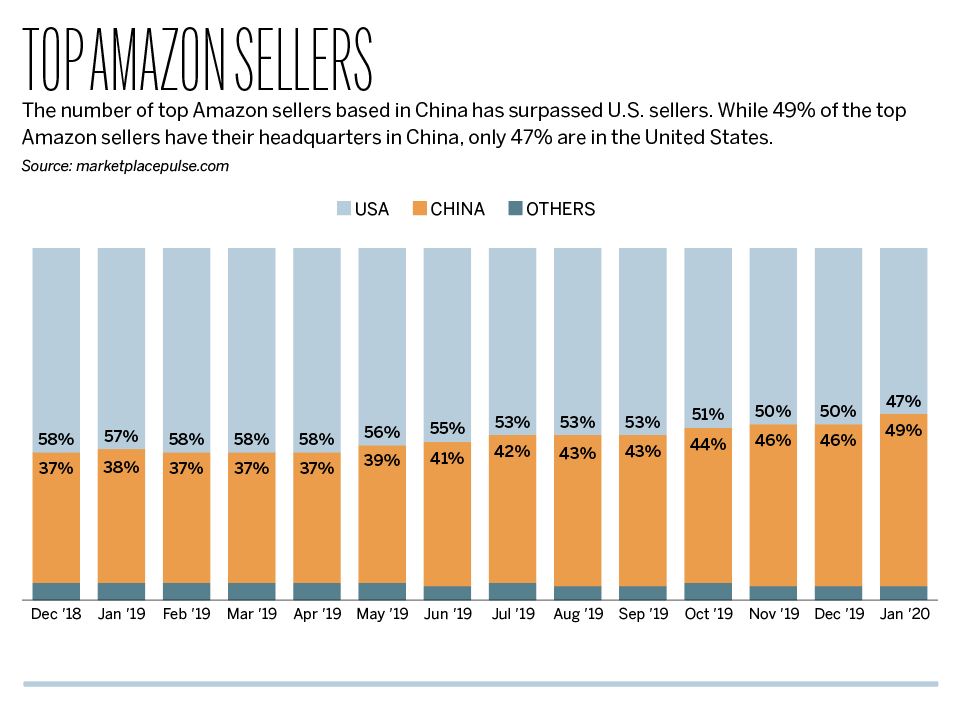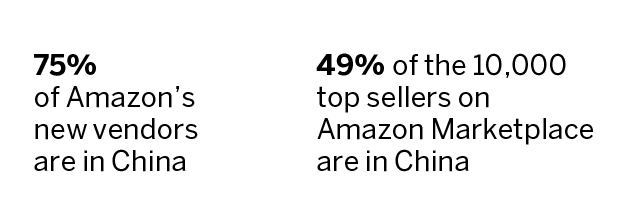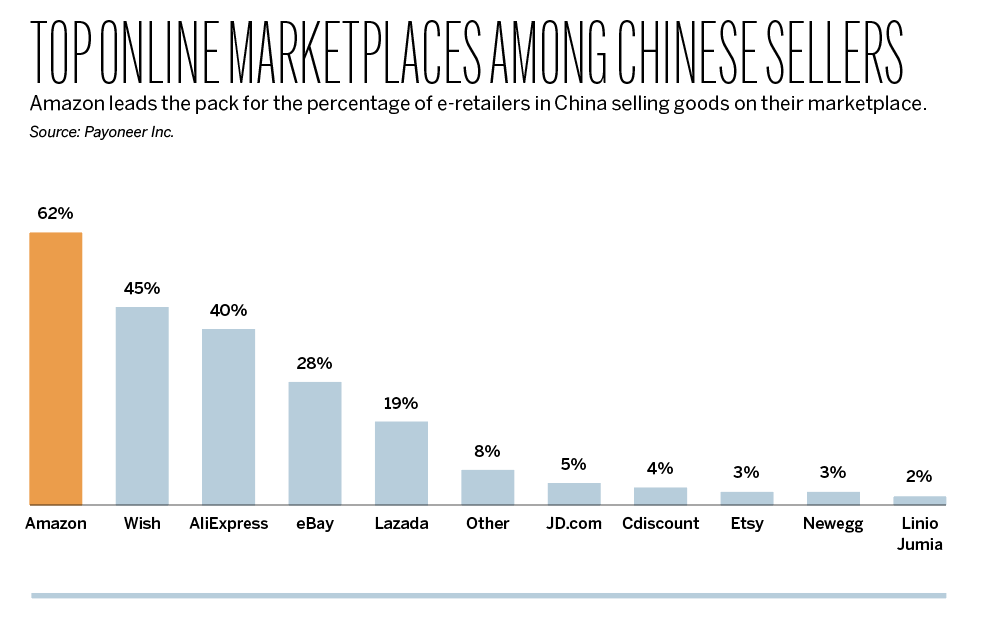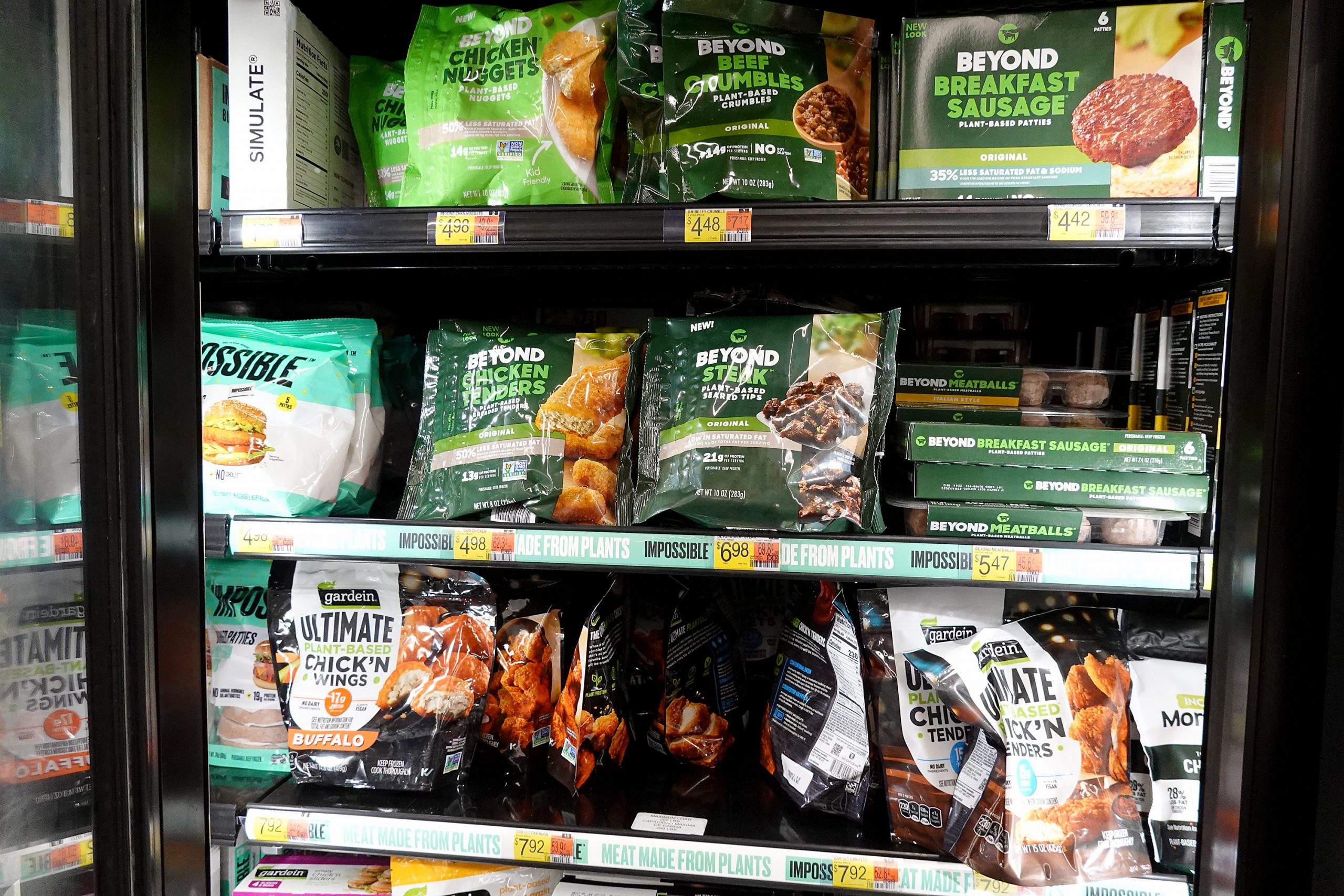Amazon’s New Silk Road
The big American online retailer has become inextricably intertwined with China—but do Americans care?
Amazon and China can’t seem to get enough of each other.If something’s made in China, then Amazon (AMZN) probably sells it—that’s the executive summary.
Given that Walmart (WMT) followed a similar path to the East over the last several decades, that probably doesn’t sound like a jaw-dropping revelation. But just the same, the average Amazon customer probably has no idea just how closely interlinked Amazon is with the Middle Kingdom.
Start with a revealing statistic: Roughly 40% of all Amazon Marketplace sales in the United States are linked to Chinese merchants, according to Forbes magazine. As of January 2020, 49% of the 10,000 top sellers on Amazon Marketplace were based in China, while 47% were in the United States.

China appears likely to make further inroads into Amazon’s global marketplaces this year. In January, 75% of new vendors on Amazon’s U.S. Marketplace were domiciled in China. That’s not a trickle—that’s a flood. And it indicates that Amazon’s operations depend heavily on Chinese manufacturers, suppliers and vendors.
Considering that China accounts for an estimated 30% of the world’s total manufacturing, its dominance at Amazon may not seem surprising. “Made in China” has long been the mantra of global companies seeking cost advantages associated with China-based production—a trend that began in the 1980s and continues today.
But, one has to wonder if Amazon’s customers care where their purchases originate—especially if they’re satisfied with the price, quality and delivery.
A recent development may indicate they’re indifferent. Not long ago, Amazon attempted to improve transparency in its marketplace by requiring third-party sellers to share more information with customers about the location and nature of their operations. But access to the facts hasn’t changed the behavior of online shoppers—at least not yet.
Customer reviews and price both influence American online consumers, market research indicates. And recent moves by Amazon’s competitors suggest that other mega-retailers are catching on to the importance of those factors.

In one example, Walmart recently dropped the requirement that sellers in its marketplace are registered in the United States.
Walmart is clearly trying to expand its global network of roughly 85,000 third-party vendors to compete more effectively with Amazon’s network of more than two million vendors. Besides opening its marketplace to overseas-based vendors, Walmart is reviewing the commissions it charges on sales.
Walmart takes a 3%-20% cut on most merchandise, while Amazon’s rate ranges from 6%-45%, depending on the product. Recently, Walmart is telling new international vendors they won’t have to pay a commission—at least not for a “limited time.”
Despite new tactics, Walmart continues to lag behind Amazon in attracting third-party international sellers. That may be due to the efficiency of Amazon’s FBA (Fulfillment by Amazon). FBA permits domestic and international vendors to store products in Amazon’s fulfillment centers, where Amazon workers locate, pack and ship the goods after receiving an order.
FBA is what brings products sourced from China and other international locations to customers’ doors so quickly. The key is that most Amazon products are already in the United States when a consumer clicks the “buy” button. Overseas goods ordered from Walmart can take as long as three weeks to arrive.
But don’t overlook the fact that Walmart operates more than 400 stores in China and employs more than 100,000 people there, many for sourcing and international logistics.
That huge presence in China has helped Walmart climb to the second-highest rung of the U.S. e-commerce ladder, right behind Amazon.
Last year, Walmart surpassed eBay (EBAY) to claim the second-largest share of U.S. online retail sales. The top-five list now reads: Amazon, 38.7%; Walmart, 5.3%; eBay, 4.7%; Apple (AAPL), 3.7%; and Home Depot (HD), 1.7%.

The fact that Walmart allowed foreign sellers into its marketplace underscores the critical role China plays in the supply chain behind the American online shopping experience. And, for now, it appears that American consumers aren’t that sensitive to where their products originate. The question is how long that indifference will last.
At critical points in history, Americans have taken a keen interest in where products are manufactured. During World War II, for example, buying American became a matter of patriotic pride.
Andrew Prochnow, an avid, longtime options trader, has written extensively on professional tennis and contributed articles to Bleacher Report and Yahoo! Sports.
@andrewprochnow






















